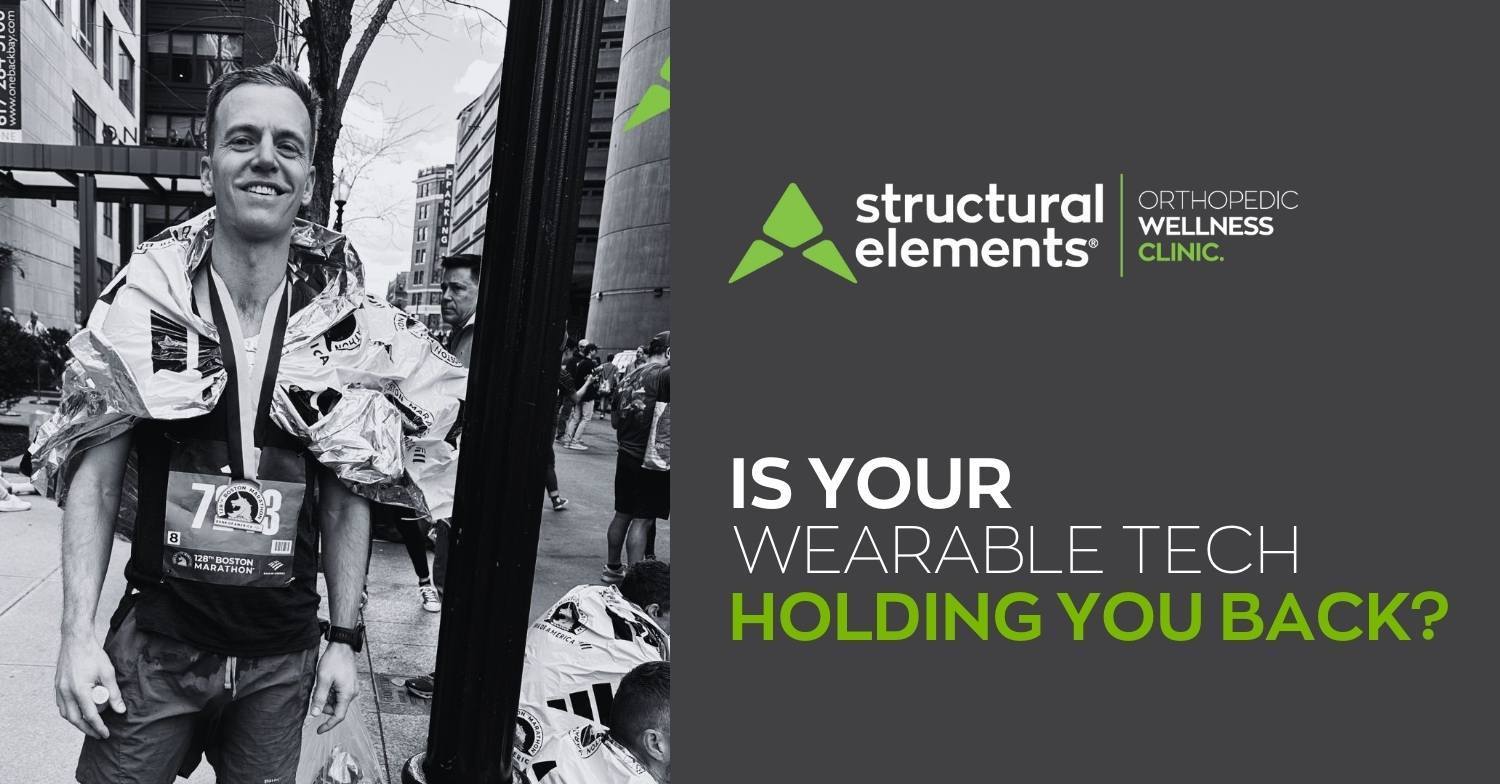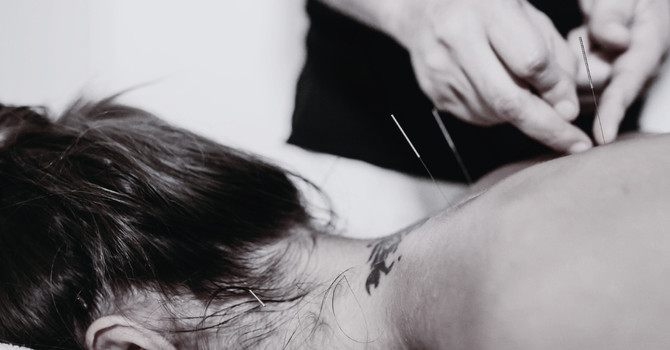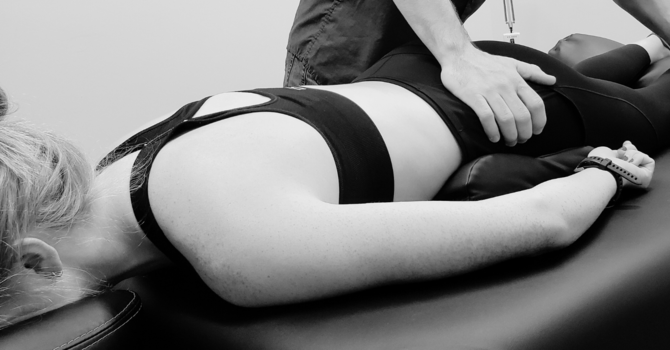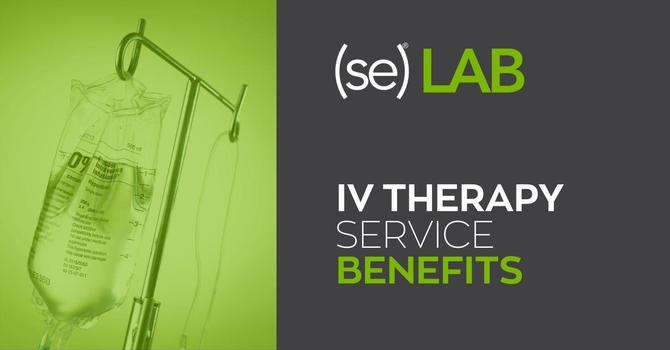
I love data. And I love technology. But they are tools meant to serve us, not the other way around.The ability of technology to produce, synthesize and present data about our athletic performance and recovery is unprecedented. We’ve gone way past step counting. Wearable technology can now give us heart rate, heart rate variability (HRV), analyze sleep, measure blood glucose, produce an electrocardiogram, and synthesize data from a host of sources such as blood pressure and body composition metrics. Training is easier than ever to log and track. My Strava app automatically syncs data from my watch, my Peloton and my bike computer. But it’s easy to lose the forest for the trees with this cool tech.
EMBRACING LOW TECH ANALYSIS
Rate of perceived exertion (RPE) has been found in multiple studies to be the best predictor of training effect (better than the amount of weight you lift or the number reps, your pace per mile or your heart rate). How you generally feel is a better predictor of recovery than any of the commonly used metrics such as resting heart rate or HRV. ‘General feel,’ however, is hard to quantify and monetize, though for $19/month it seems Restwise will incorporate this along with other ‘hard metrics’ by asking you about how you feel.
All this data has its place, which is to provide reference points to you, who still hold the master controls. For example, I tried the WHOOP briefly. It kept telling me I wasn’t recovered enough if I slept less than 10 hours per night. Come on! (I also found it measured my heart rate as being higher than either my watch or my manual pulse check.) When I was cycling up and down the Alps all day every day for a week, Garmin told me that my training that week was ‘not productive’ and that I should increase my load. I check a recovery score from Oura every day, but if it doesn’t match how I feel, I assign less value to that input. All this data needs context and should not be assigned too much importance.
MIND OVER METRICS
I ran the Philadelphia Marathon. It was my second marathon, my first since 2009 and I was looking to shave over 40 minutes off my time. I had twelve weeks to train, got COVID in the middle of it, and encountered freezing temperatures and high winds on race day. I didn’t sleep long or well the night before the race. I woke up at 3 am and found that I was unable to fall back asleep. I don’t check my Oura score on race day mornings, only training days. I don’t want an external data point to affect my internal mental outlook in advance of a performance. If I had checked the readiness score (as I did, out of curiosity, after the race) it would have told me that my readiness was down, and to ‘take it slow’ and to take a ‘moment to unwind.'
Instead, I executed my race plan. My legs utterly lacked any springiness by the time I reached the last five kilometers, but I had already made the decision to achieve my planned outcome. I knew support for that decision was in the training that was already behind me. The only ‘readiness score’ I needed was my own willingness to step out the door and GET AFTER IT! As a result, I ran a Boston-qualifying sub-three hour marathon. Take that, Oura!
As we approach the season of gift-giving, enjoy the cool advances in technology. But remember that the most important training advice remains the low-tech adage: 'listen to your body.'
Written by: Dr. Michael Day, MD, MPhil, FAAOS




